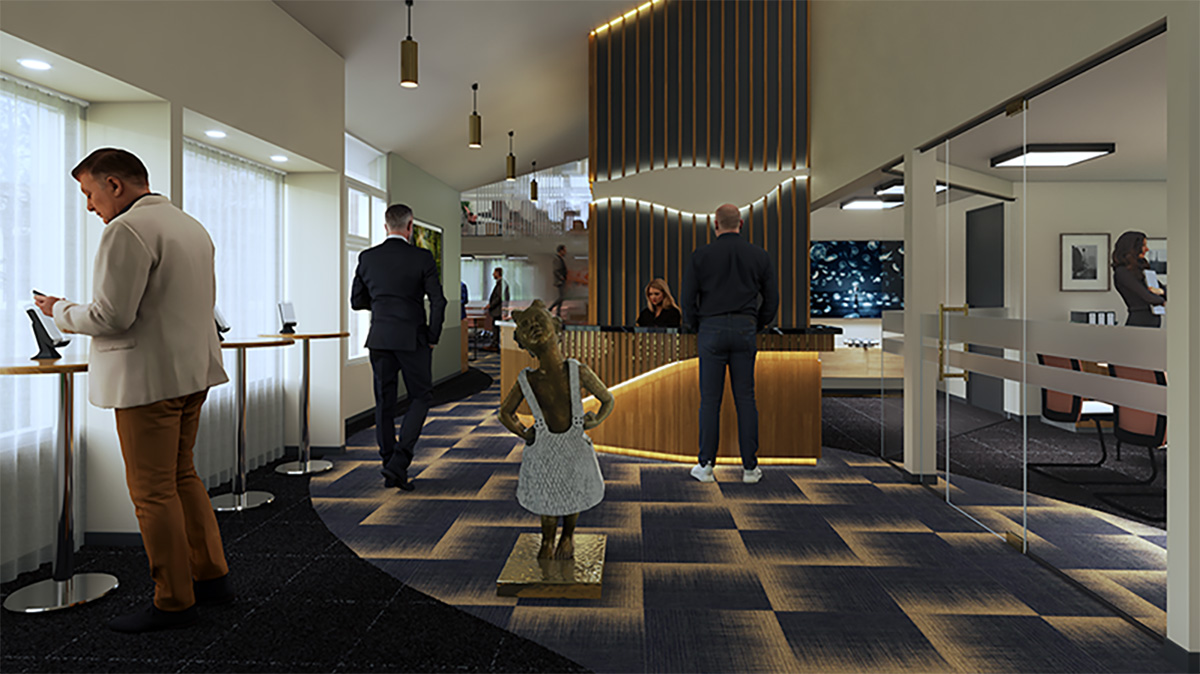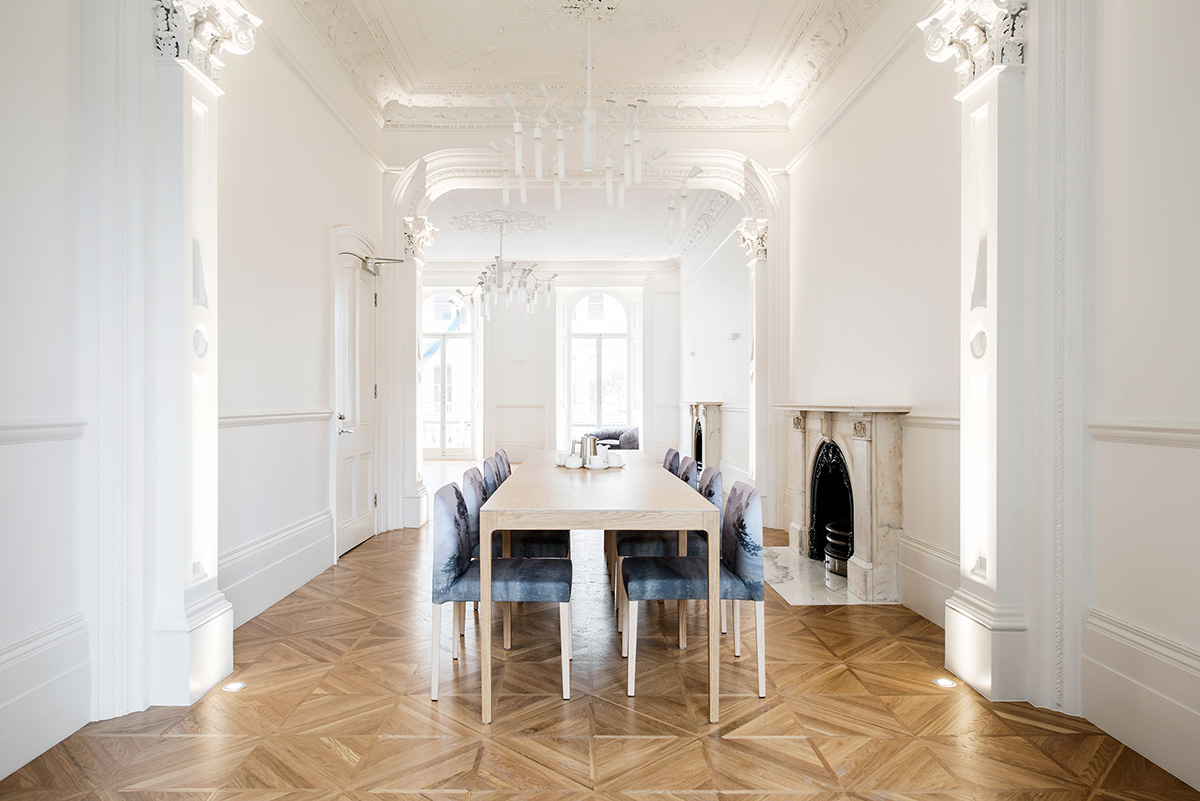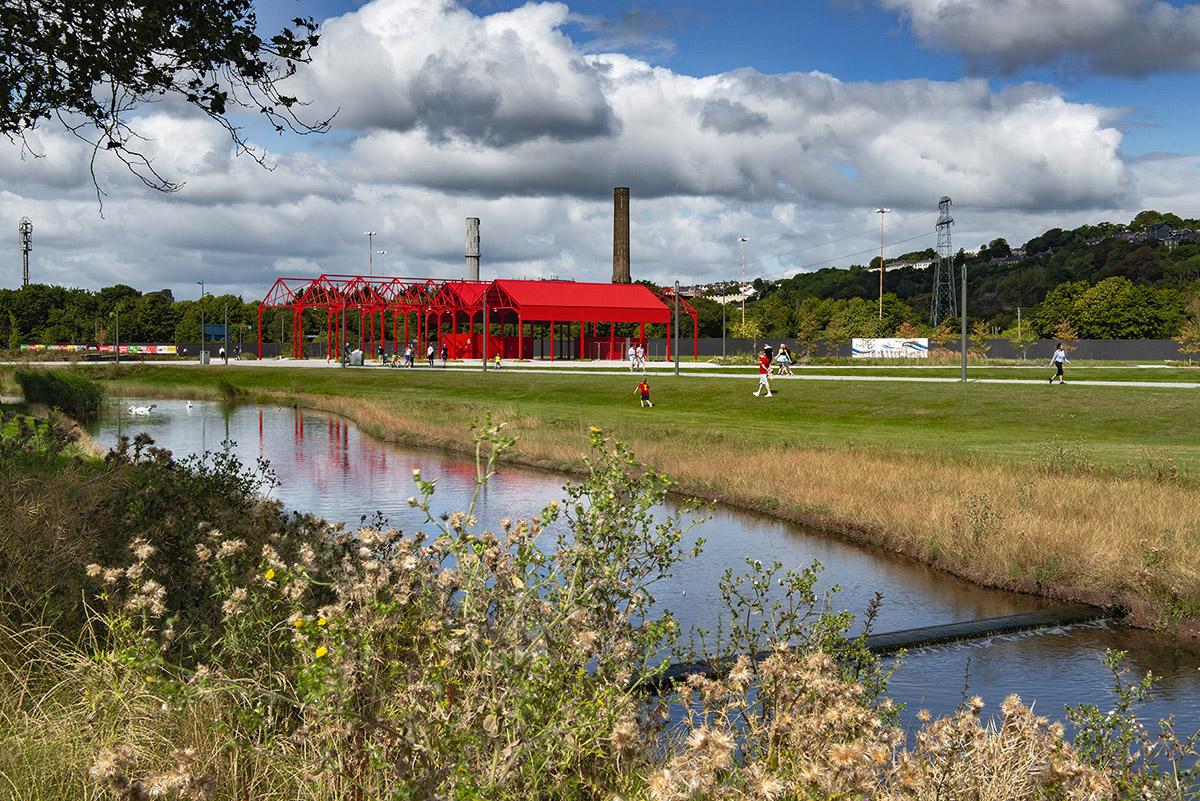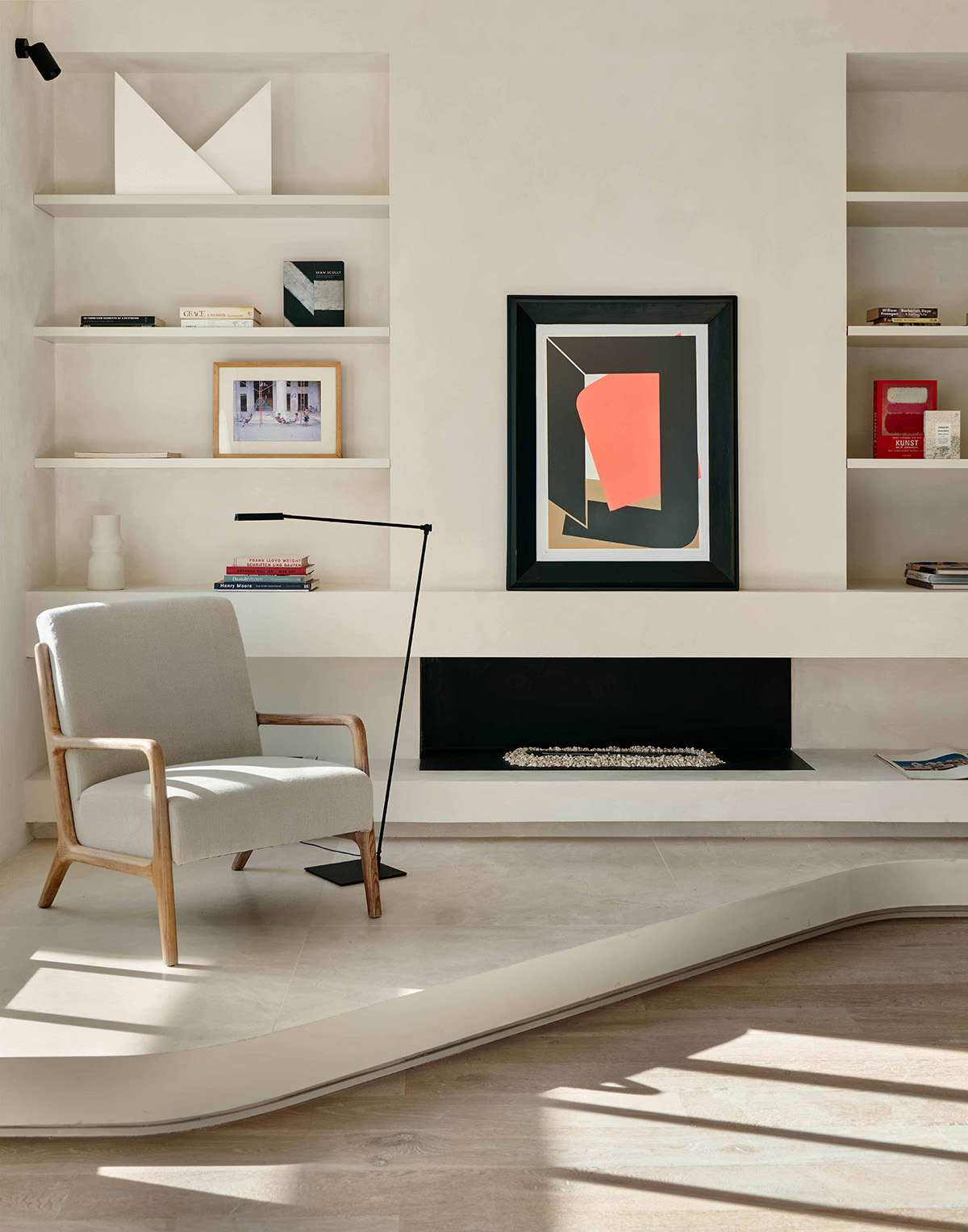Artful architecture in Oslo
Written by Alyssa Nilsen | Photos: Unsplash
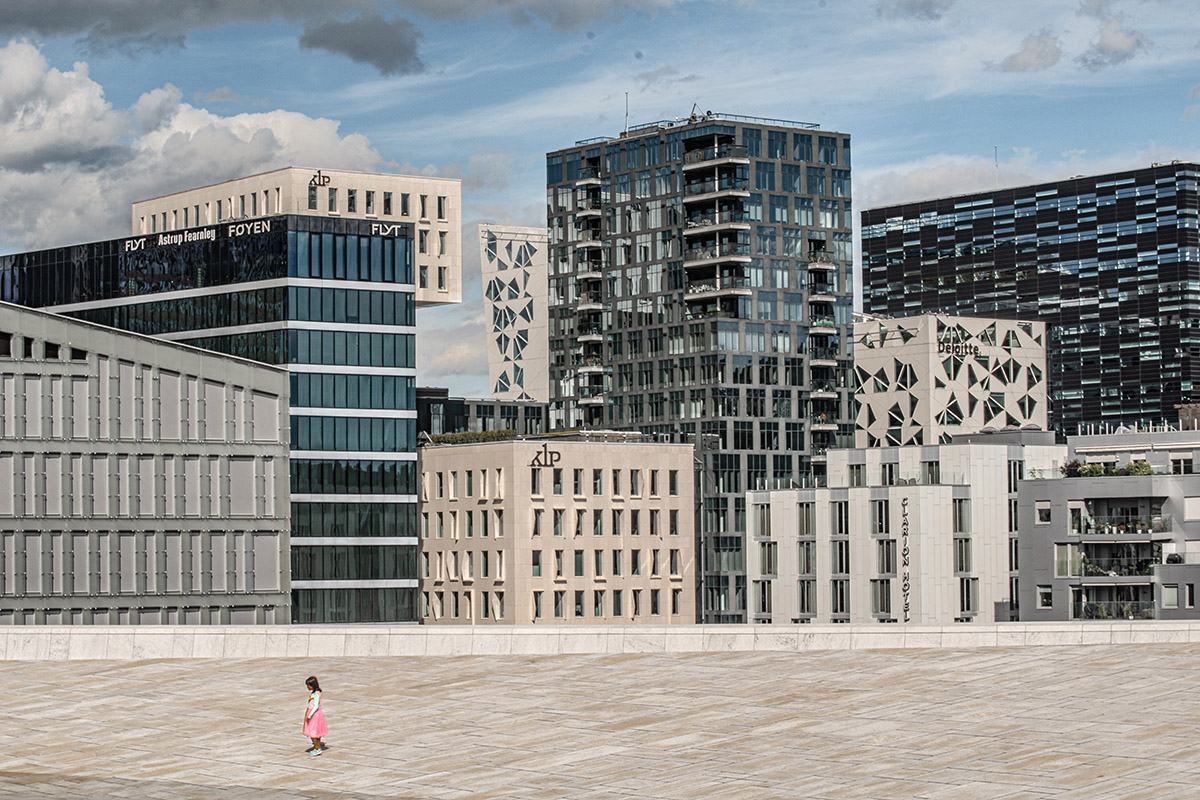
High rise buildings in Oslo.
Though several areas of the Fjord City redevelopment are still being renovated and upgraded, Bjørvika is one of the more impressive ones. This is a brand-new part of Oslo, which was previously a container port, but since 2000 it has been transformed into one of the most spectacular neighbourhoods in the city, making it the perfect place for a Saturday stroll.
Starting at Akershus Fortress and stretching south-east, Bjørvika is still developing, but is already an urban hub. One of the most eye-catching features of Bjørvika is the BARCODE project, an equally controversial and celebrated row of multi-purpose high-rise buildings with unusual and abstract design. The name plays on the appearance of the buildings, which are all tall and narrow with straight lines. Though the project was initially met with loud protests, due to the height of the buildings blocking the view of the fjord and acting as a barrier between the city and the sea, the quirky and playful buildings have since become a favourite among many Oslo citizens welcoming change and modern architecture.
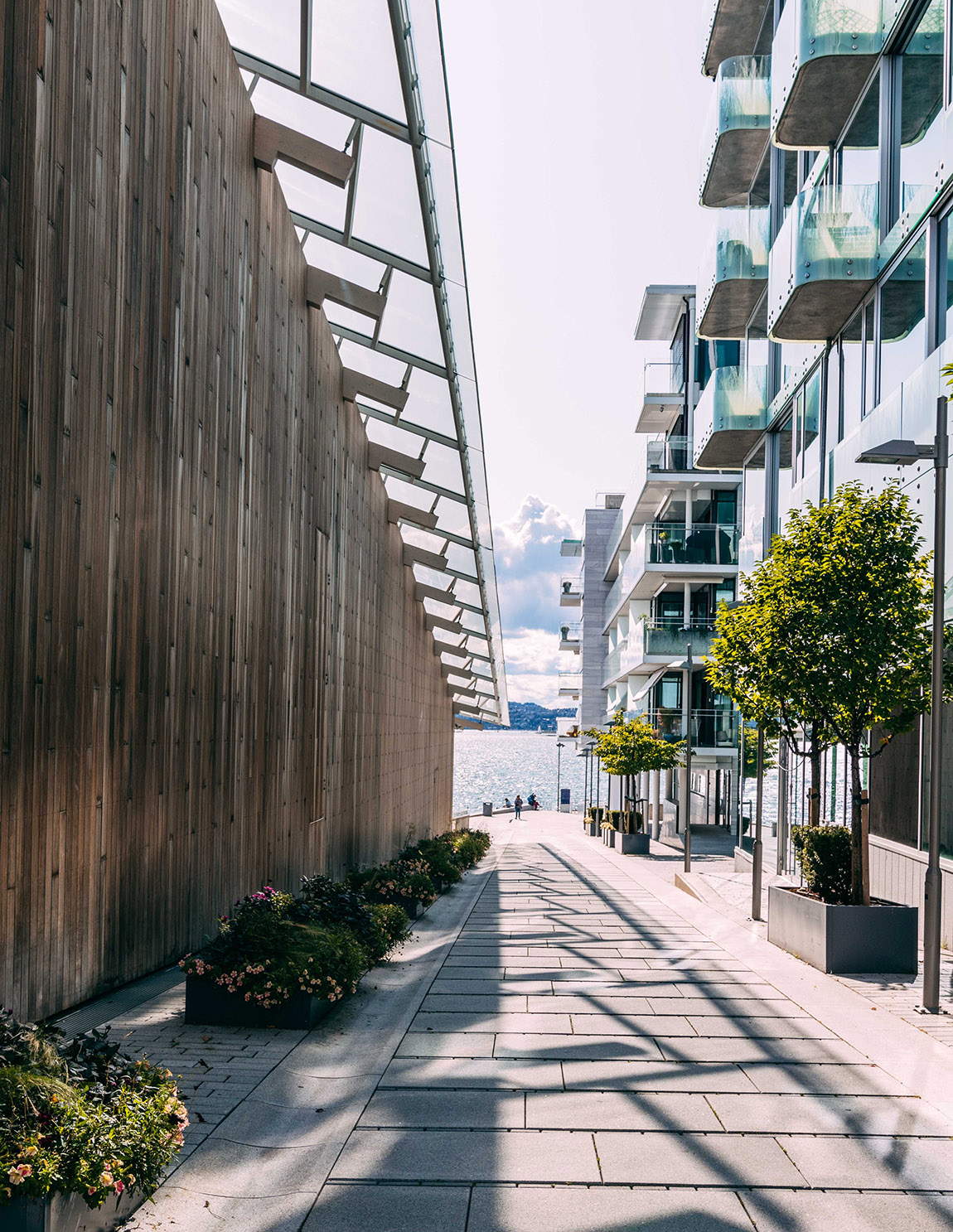
Daytime in Oslo.
The shiny diamond in Bjørvika, located within walking distance from the Central Station, is the Oslo Opera House. Home of the Norwegian National Opera and Ballet, the building was designed by renowned architects Snøhetta, and opened in 2008. Designed to look like an iceberg rising from the fjord, the building has multiple angles and large areas accessible for guests to walk through. The roof stretches all the way down to the water, allowing pedestrians access to the top of the building with its stunning views of the city and the fjord. If it’s a sunny day, do remember to bring sunglasses, as the white granite and Italian marble reflect the light, making it very bright. Inside, the luminated walls in the lobby area have been designed by renowned Danish-Icelandic artist Olafur Eliasson.
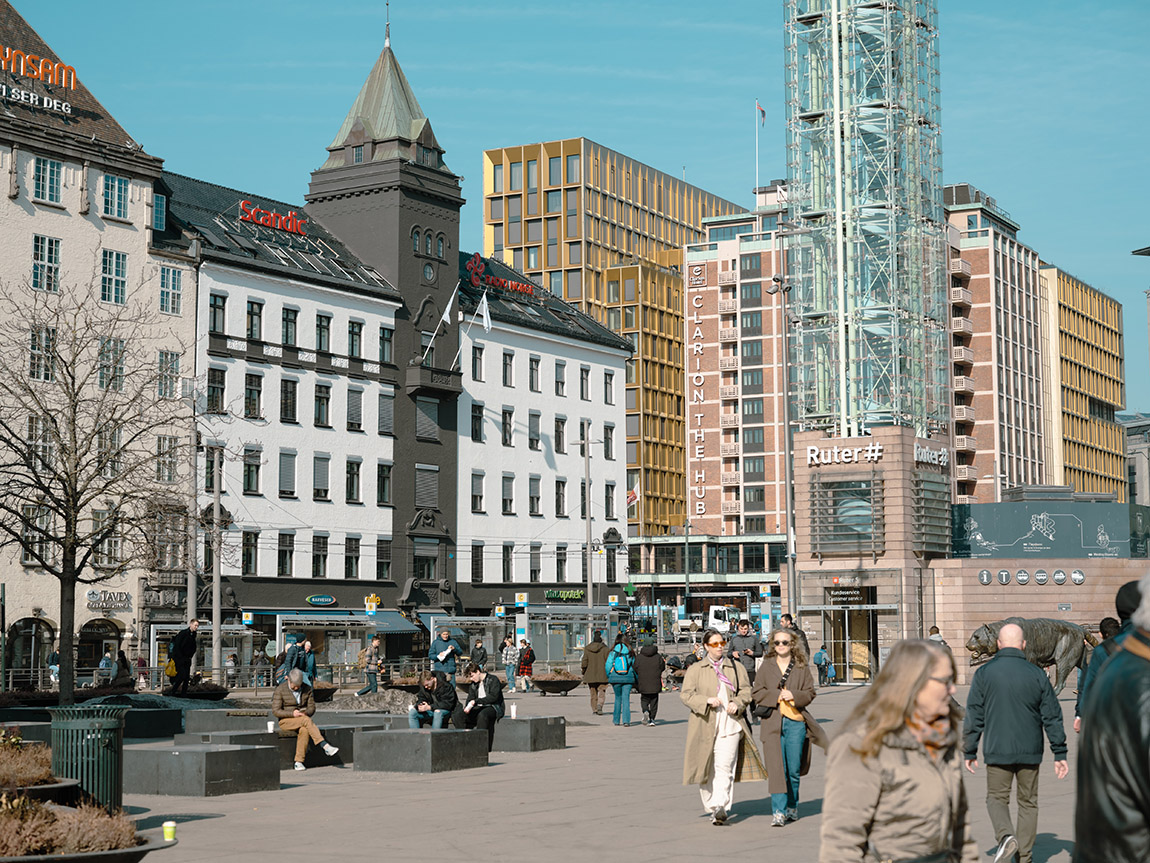
Oslo Central Station.
If opera and ballet are not your thing, keep an eye out for rock and metal concerts, which also frequently take place at the Oslo Opera House. In the summer, the building is often transformed into an amphitheatre with the public sitting on the roof and concerts taking place on a stage placed on the water. Also make sure to catch a glimpse of the floating sculpture outside the Opera House, She Lies by Monica Bonvicini, made from glass and stainless steel. The permanent installation floats on its axis, offering different views all the time with the changing wind and light.
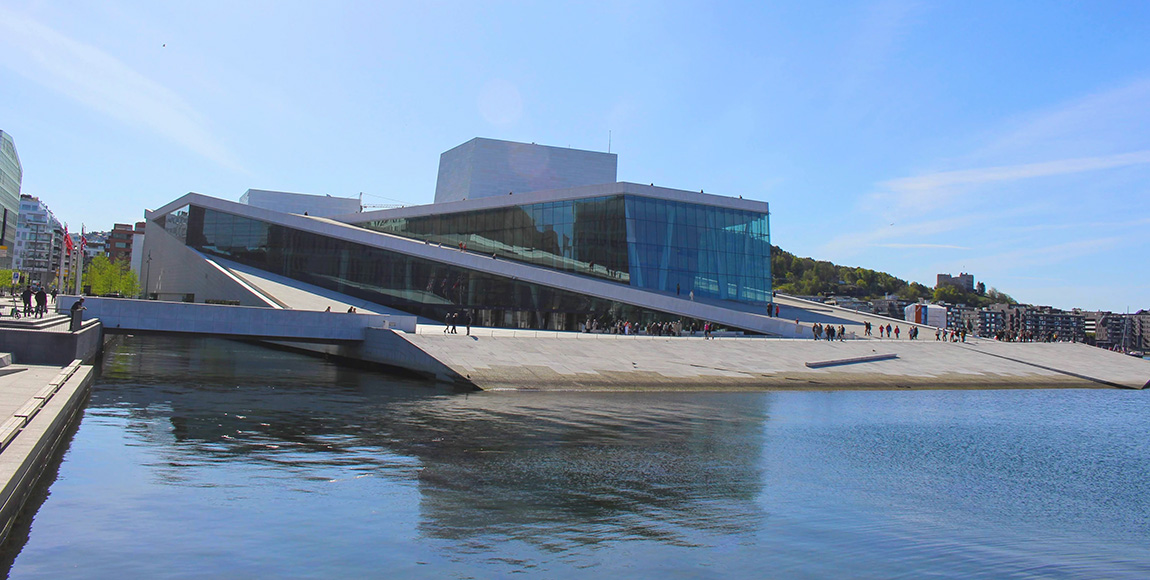
Olso Opera House.
Directly behind the opera is another equally impressive building, the Deichman Bjørvika library. Opening in the spring of 2020, the library is relocating from its old home at St. Hanshaugen, and will be the largest-ever investment in cultural edifices in Oslo along with the new Munch/Stenersen Museum, which is due to open in late 2020.
Head east, and you’ll find Sørenga, a brand-new urban residential area. Though parts of the area are still under construction, many residential buildings are already completed, and restaurants and coffee shops are up and running. Here, you can kick off your shoes, park your bike, and cool off at the most popular city beach in Oslo, Sørenga Seawater Pool.
Consisting of large recreational areas, a green lawn for picnics, a sandy beach, a safe pool for children, a swimming pool with lanes, and a jetty complete with diving boards and showers, Sørenga Seawater Pool is enormously popular among Oslo residents. In the summer months, it’s usually crowded, whether it’s sunny or not, and in the winter months people use the floating saunas in the area. People are encouraged to get to Sørenga Seawater Pool by biking or walking along the fjord, using a very popular floating bridge leading from Sukkerbiten, the undeveloped lot next to the opera building, straight over to Sørenga.
BARCODE is a ten-minute walk from Oslo Central Station, and is also served by buses # 80E, 81 83 and 34.
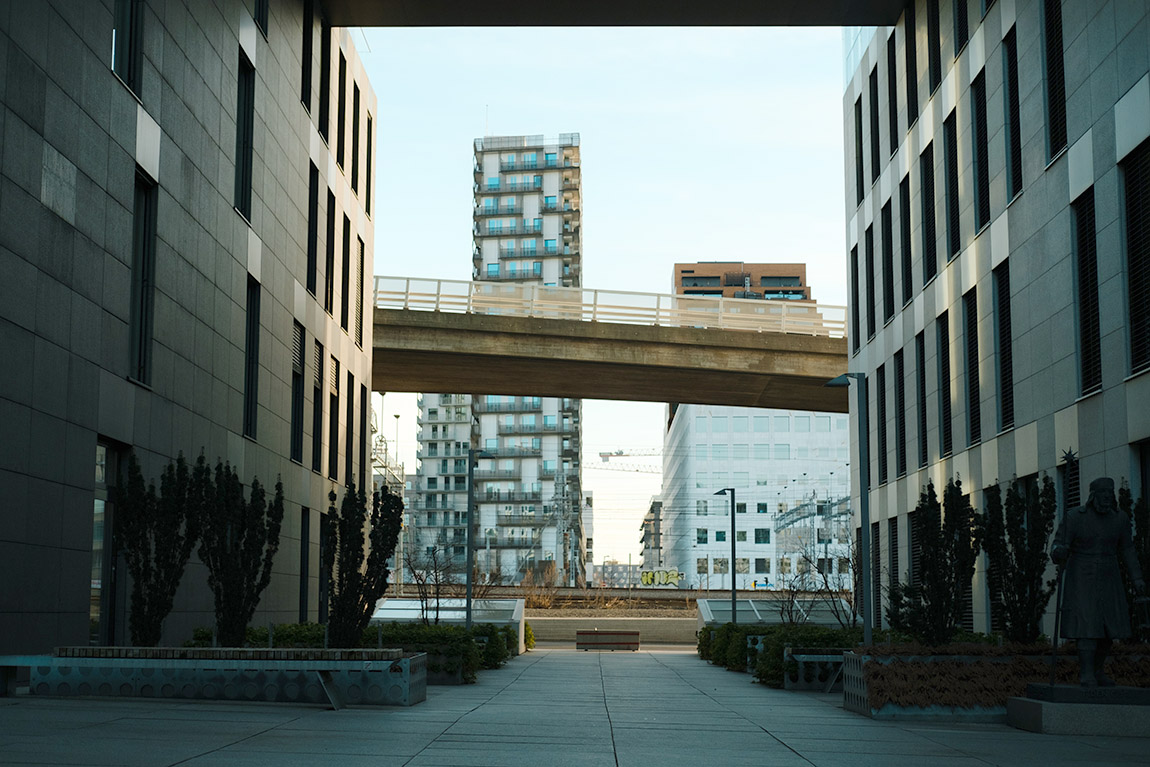
BARCODE in Oslo.
For good deals on transport and experiences, buy an Oslo Pass lasting 24, 48 or 72 hours. The pass includes travel on all public transport across the city as well as suburbs and districts (Oslo as well as Lillestrøm, Nittedal, Asker, Ski, Nesodden and Drøbak), and includes free access to several museums and attractions, as well as discounted restaurants, sightseeing and activities. The Oslo pass is available online below.
Subscribe to Our Newsletter
Receive our monthly newsletter by email

